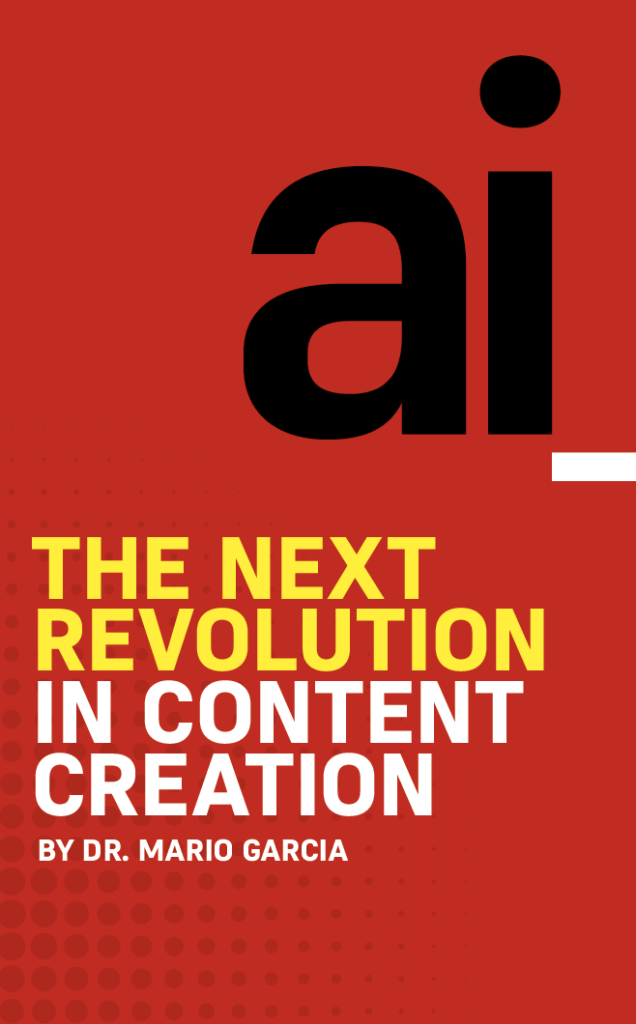
Of this, I am convinced. Having worked as a visual journalist for more than five decades, I can say that today we can tell stories through a variety of platforms, enhancing the narratives with audio, video, cinematographic aspects that make it all more real and engaging for readers.
However, not everyone agrees that these are necessarily the best times for journalists, especially for those who adhere to the classic, traditional styles of storytelling, such as formats that include a headline, a summary, a lead paragraph and a text-driven narrative.
Those are the journalists who ask me for specifics on why I think these are the best times to be a storyteller. So, here you go:
When I say that these are the best times to be a storyteller, I refer to the current digital era and the numerous opportunities it offers for storytelling across various media. Here are a few possible interpretations of my statement:
- Technological Advancements: Today’s technological advancements have democratized storytelling. With the proliferation of digital tools, anyone can create and share stories through various platforms, such as blogs, social media, podcasts, videos, and interactive websites. The accessibility of these tools enables storytellers to reach a global audience and engage with them in innovative ways.
- Multimedia Possibilities: The digital age allows for multimedia storytelling, incorporating text, images, videos, animations, and interactive elements. This opens up endless creative possibilities for storytellers to deliver their narratives in engaging and immersive formats, enhancing the overall storytelling experience.
- Audience Engagement: In the digital realm, audiences are no longer passive consumers of stories. They can actively participate, comment, and share their thoughts, creating a two-way interaction between the storyteller and the audience. This feedback loop and instant connectivity enable storytellers to receive immediate responses, adjust their narratives, and build communities around their stories.
- Global Reach: The internet has made it easier than ever for stories to transcend geographical and cultural boundaries. Through online platforms, storytellers can reach audiences across the globe, fostering cross-cultural understanding and connecting people from diverse backgrounds. This global reach allows for the exploration of different perspectives and the sharing of unique narratives.
- Data and Analytics: In the digital landscape, storytellers have access to a wealth of data and analytics that provide insights into audience preferences, behavior, and engagement patterns. This information can help storytellers refine their craft, tailor their narratives, and optimize the way they connect with their audiences.
Overall, the digital age has presented storytellers with unprecedented opportunities to create, share, and engage with their narratives. The combination of technological advancements, multimedia possibilities, audience engagement, global reach, and data-driven insights has made this era an exciting and transformative time for those who wish to convey stories in various mediums.
Enter Artificial Intelligence

Now, in addition to the elements mentioned above, reporters and designers will be able to add another useful tool, artificial intelligence, to help with a variety of tasks from research to layout of pages, story ideas and outlining of story structures.
These are the subjects I cover in my upcoming book, AI: The Next Revolution for Content Creators, launching this year.

TheMarioBlog post # 3373